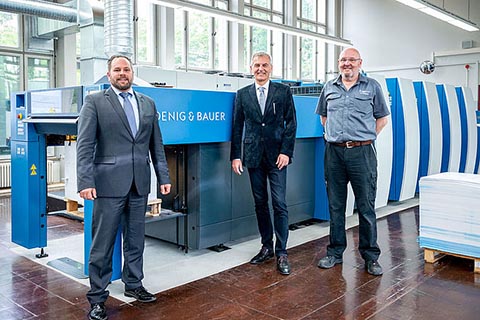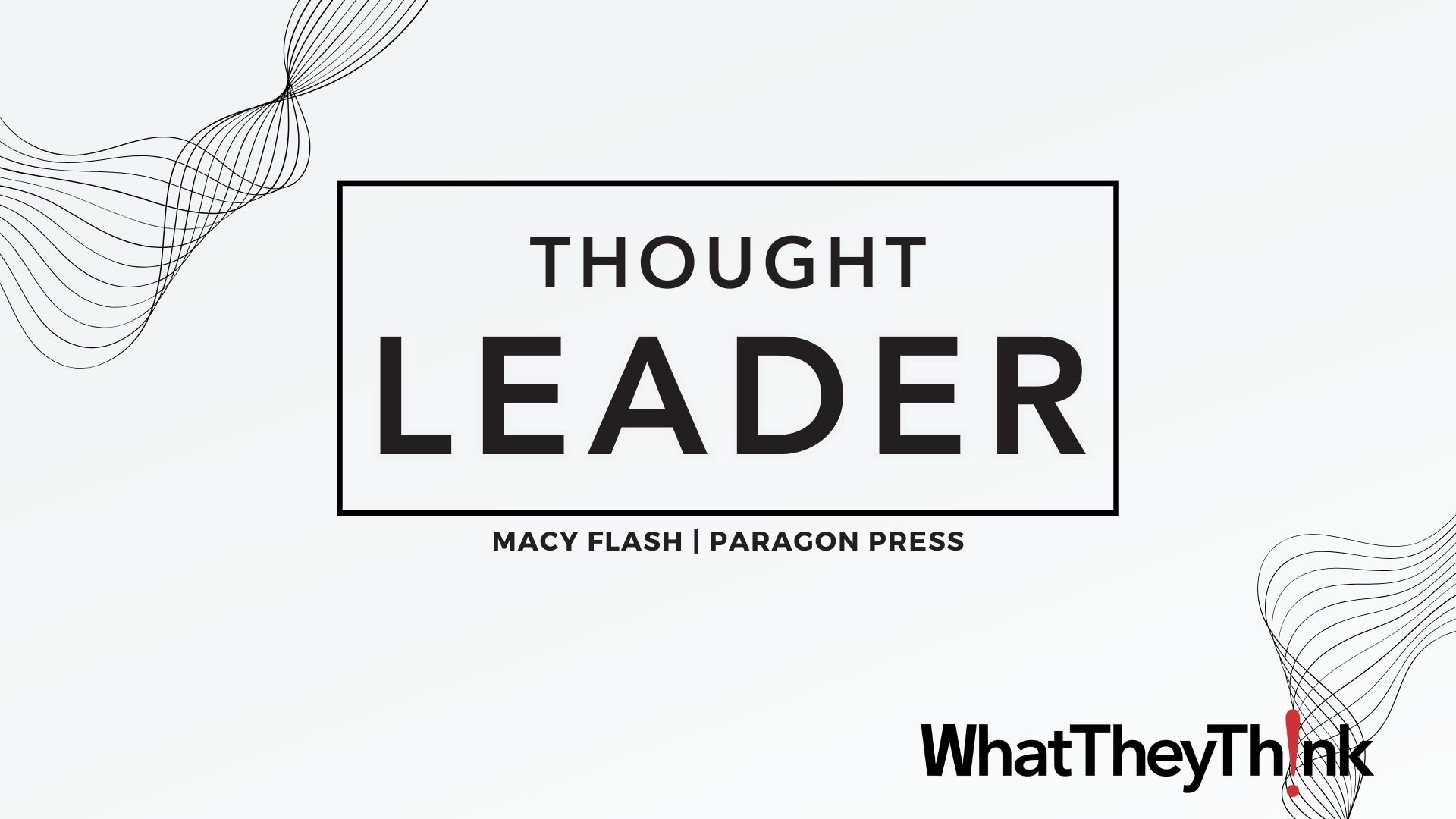Munich Vocational School Center Modernizes its Printing Facilities with Rapida 75 PRO
Press release from the issuing company
Rapida 75 PRO supports training in print and media technologies
- Modern printing and finishing technology for future-oriented training
- Press features specially tailored to training requirements
- Clear commitment to the dual system in vocational training
Most passers-by would probably expect to find a generous assembly hall behind the tall windows in the facade of the Alois Senefelder Vocational School Centre. But far from it: A peek through the glass actually reveals a fully equipped print shop. The school centre in the heart of Munich has been conducting initial and advanced vocational training for print and media technology specialists, media designers and photographers for more than 100 years. To this end, the site integrates two vocational schools (for print and media design and for bookbinding and photography) and three vocational colleges (for printing technology and paper processing, for industrial bookbinding, and for bookbinding and photography).

With the Rapida 75 PRO, the Alois Senefelder Vocational School Centre can base its training on modern sheetfed offset technology. That is clearly to the liking of school director Peter Schertler (centre), printer Bernd Eckhardt (right) and Gavin Elflein from Koenig & Bauer.
To cater properly for over 900 apprenticeship trainees and a further 50 vocational college students, it is important that the technical equipment keeps pace with the latest developments in the industry. Last autumn, therefore, the City of Munich – as the public body responsible for non-staff funding – decided to invest in a Rapida 75 PRO from Koenig & Bauer following a Europe-wide request for tenders.
Unhindered view of the mechanical components
“With the installation of a modern half-format press, we are able to reflect the continuing trend towards ever greater automation in our training content,” says school director Peter Schertler in explaining the background to this especially complex investment. The teaching staff attached particular importance to the latest console technology and colour measuring systems, as well as to CIP3 integration with the pre?press process steps. As inline finishing is today a standard feature for many applications, the new training press was also to incorporate a broad scope of relevant options. In other words, a coating tower and dryer systems for a wide range of dispersion coatings were imperative. At the same time, Peter Schertler and his staff placed modern features such as double-size impression cylinders and transfer drums, the ability to disengage unused inking units and parallel washing systems at the top of their list of priorities.
All these wishes are fulfilled with the Rapida 75 PRO. With its compact design, it is also a perfect fit for a teaching environment, as it leaves ample space around the press for instruction for both small and larger groups. A widened gallery and transparent printing tower covers are special adaptations requested by the training centre. This allows the trainees and students to stand together on the drive side of the press and to observe internal mechanical processes which otherwise remain out of sight.
Use in training and for own production needs
It is obvious that the way a sheetfed offset printing press is used in a training centre will differ significantly from production use in a printing company. Around 30 per cent of the teaching, which comprises 20 hours per week, takes place in the printshop. During the practical teaching sessions, half of the approximately 30 trainees in a class spend their time in the hall. They learn in groups of a maximum of five trainees on the Rapida 75 PRO and on two small-format presses. The instruction concentrates above all on how a press is prepared for production, the impact of different press settings on the print result, and how print production is then effected.
Trainees from larger print companies appreciate the available press technology as it is much less daunting than the medium- and large-format with which they are otherwise confronted. And their colleagues who are employed in smaller craft-oriented businesses are excited by the opportunity to work with state-of-the-art machinery.
The vocational college students, by contrast, tend to work much more independently with the new press, for example to test the different forms of finishing which can be realised with different inks and coatings. They also print with heavier substrates and simulate different packaging applications.
Alongside the training, the Rapida 75 PRO is frequently used to print a variety of in-house jobs. These include certificates, folders and brochures, both for the vocational school centre itself and for other schools in Munich, as well as print products for the Department of Education and Sports of the City of Munich. Some of these products are produced entirely by the trainees – from the initial design and print data creation through to printing and post-press finishing. The responsibility for printing rests with two technical staff.
Commitment to the dual system of vocational training
The Rapida 75 PRO is now the showpiece of the training printshop, and immediately attracts the interest of trainees, students and visitors alike. At the same time, the investment represents a clear commitment to the dual system of vocational training on the part of the City of Munich. Peter Schertler is confident that his school centre is the best-equipped training centre in Bavaria. Uwe Richter, senior instructor for print and media technology, agrees wholeheartedly: “As far as I am aware, there is no other vocational school in the whole country which possesses a half-format sheetfed offset press with an inline anilox coating tower for its training.”
Print is a source of enormous potential. In addition to classic applications, more and more innovative possibilities are emerging – special coating processes or surface treatment, printed electronics, and many more besides. The Alois Senefelder Vocational School Centre considers it a duty to tap this potential and to support companies at the transition from craft-based production to the full digitisation of all business processes by providing future-oriented training.

WhatTheyThink is the official show daily media partner of drupa 2024. More info about drupa programs
© 2024 WhatTheyThink. All Rights Reserved.









Discussion
Join the discussion Sign In or Become a Member, doing so is simple and free